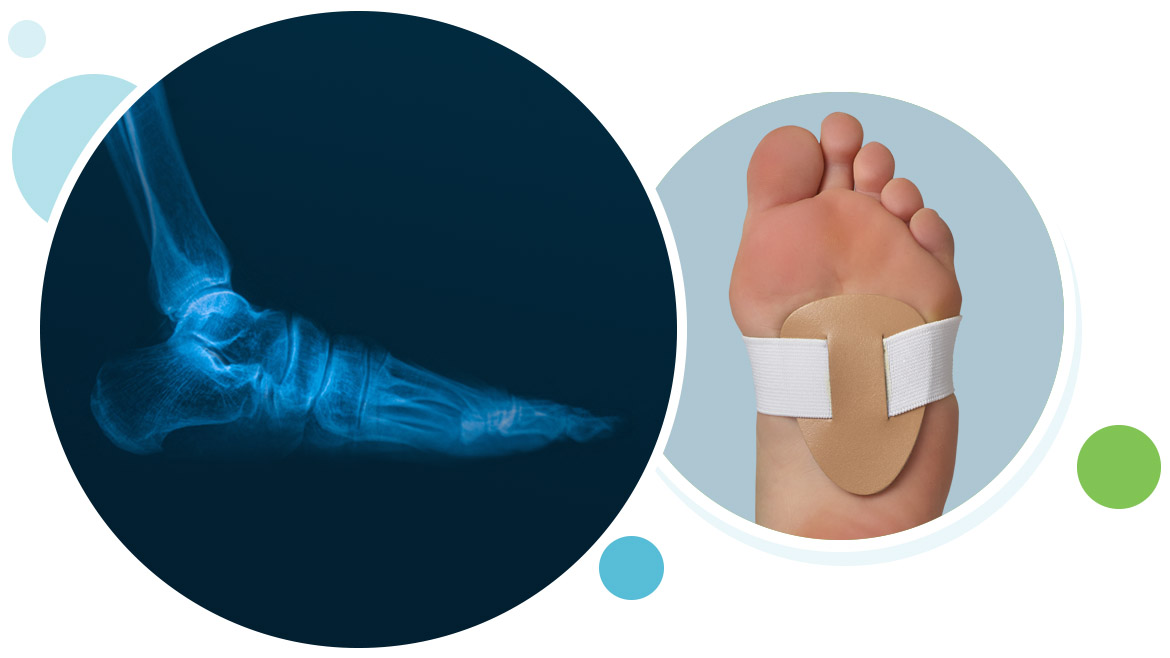Flatfoot Disorders
Adult acquired flatfoot has many causes, including PTTD (posterior tibial tendon dysfunction), Charcot arthropathy, trauma, and congenital deformities. If left untreated they can result in pain, and possibly degeneration of the midfoot/hindfoot joint complexes. In adulthood this may create mobility challenges and high levels of foot ankle pain. Flat feet can lead to tenderness, pain and cramping in the knee, leg, and foot. While flat feet often appear in children, they may be asymptomatic and progressive, appearing later in life and requiring the attention of a podiatrist.
Diagnosing Flatfoot
After physically examining the foot, checking non-weight bearing and weight bearing positions while barefoot and while wearing shoes, the doctor will observe walking while noting the range of motion and movement. Sometimes flat feet might be caused by hip and knee issues, so they might be checked. X-rays, MRIs, or CT scans might be ordered, so the physician can get a better view of the problem. Flatfoot disorder can be hereditary, so the doctor will ask about the family medical history.
Treating Flatfoot
There are several ways of treating flat feet, often physical therapy, shoe modifications or orthotic devices will be recommended. Anti-inflammatory drugs might be prescribed to reduce pain and to help reduce inflammation. Surgical corrections such as Flatfoot reconstruction surgery, Osteotomy, Arthrodesis, lateral column lengthening, or tendon procedures may be needed for severe cases or cases that do not respond to non-surgical treatment.

